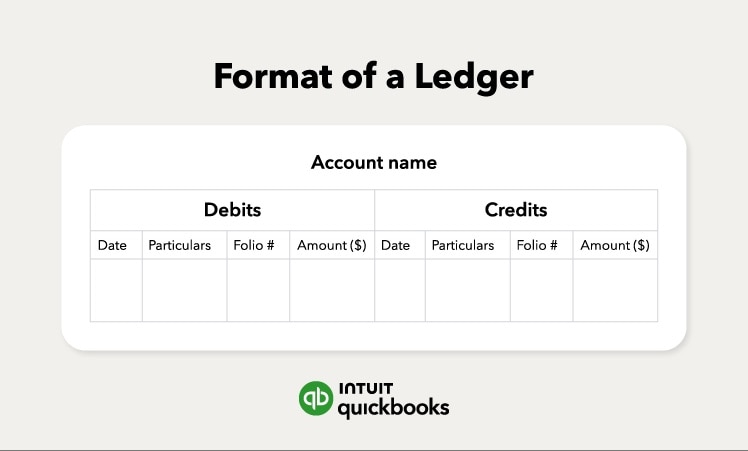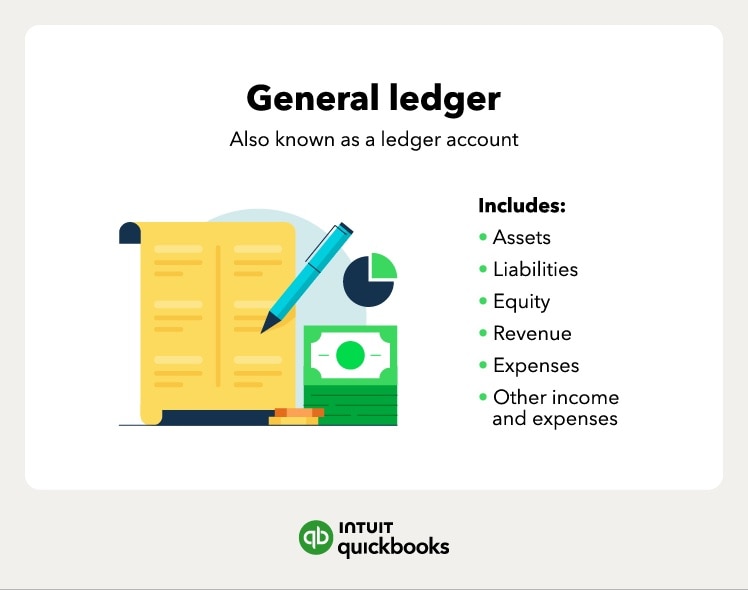How general ledgers work
A general ledger records transactions and helps generate financial statements for investors, creditors, or even regulators. This information can help management make financial and data-based decisions. For example, a bookkeeper or accountant could use an accounting ledger, or general ledger, to identify the source of increased expenses and make the necessary corrections.
A general ledger uses the double-entry accounting method for generating financial statements. Double-entry bookkeeping keeps the accounting equation, or balance sheet equation, in equilibrium by recording both debits and credits. If the accounting equation is not balanced, there might be a mistake in your accounting. The balance sheet formula adds liabilities and equity to determine a business’s assets. The balance sheet formula is:
Liabilities + owner’s equity = assets
The double-entry accounting method requires every transaction to have at least one debit (incoming money) and one credit (outgoing money) entry, which must always balance out. It is important to note, however, that the number of debit and credit entries does not have to be equal, as long as the trial balance is even.















.gif)


